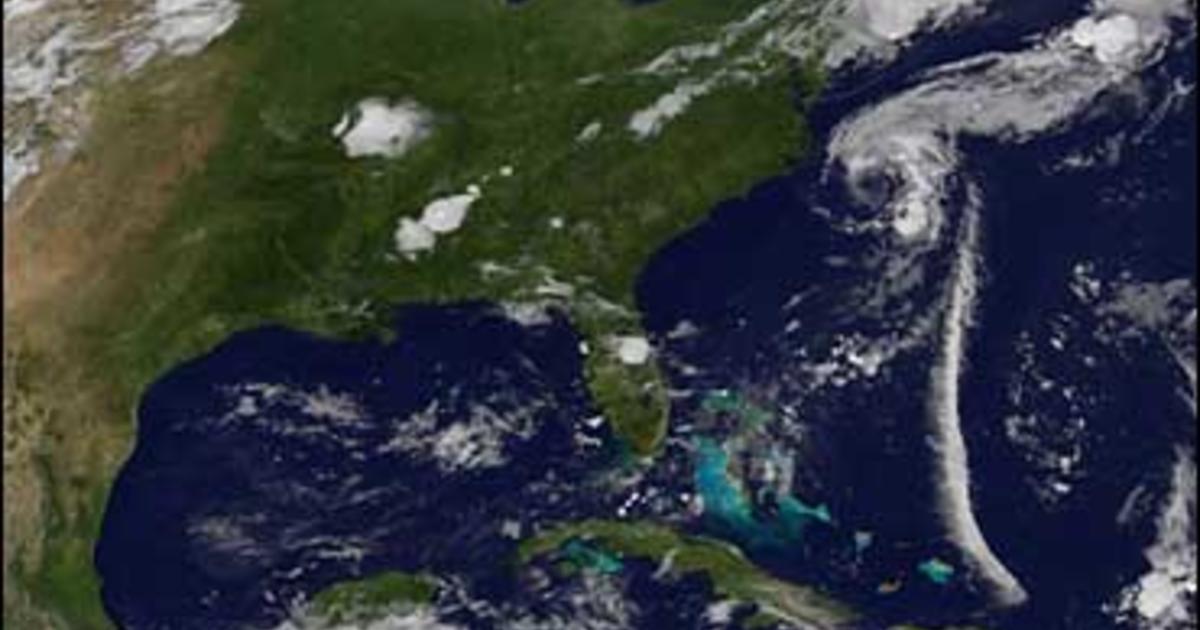Beryl’s Current Location and Future Destination: Where Is Beryl Headed

Where is beryl headed – As of available data, Beryl is located in the western Caribbean Sea, approximately 135 miles (217 kilometers) southeast of Grand Cayman. The storm is moving west-northwest at 12 miles per hour (19 kilometers per hour) and is expected to continue in this general direction for the next few days.
Hurricane Beryl be headed toward Florida, with heavy rain and wind expected. If you live in Florida, make sure you stay safe and check hurricane beryl florida for the latest updates. Beryl is expected to make landfall in Florida on Saturday, so make sure you are prepared.
Several factors could influence Beryl’s future destination, including:
- The strength and direction of the steering currents in the atmosphere
- The interaction with other weather systems
- The presence of landmasses
Based on current data, several possible routes or trajectories Beryl may take include:
- Continuing west-northwest and making landfall in Belize or Mexico’s Yucatan Peninsula
- Turning more to the north and passing east of the Yucatan Peninsula, potentially affecting Cuba
- Weakening and dissipating over the open waters of the western Caribbean Sea
Factors Influencing Beryl’s Movements

Environmental conditions, human activities, and natural phenomena all play a role in shaping the path of Beryl, a tropical cyclone. These factors influence the direction and intensity of the storm as it moves across the ocean.
Environmental Conditions, Where is beryl headed
- Sea Surface Temperatures: Warm ocean waters provide the energy that fuels tropical cyclones. Beryl will likely intensify as it moves over warmer waters and weaken as it encounters cooler waters.
- Wind Shear: Changes in wind direction and speed with height can disrupt the organization of a tropical cyclone. Strong wind shear can weaken or even dissipate a storm.
- Atmospheric Pressure: The difference in atmospheric pressure between the center of a tropical cyclone and the surrounding environment drives the winds and rainfall associated with the storm. Higher pressure gradients lead to stronger winds.
Human Activities
- Urbanization: The presence of urban areas can alter local wind patterns and rainfall amounts. This can affect the track and intensity of Beryl as it moves inland.
- Resource Extraction: Oil and gas exploration and production activities can create structures that can disrupt the flow of ocean currents and winds. This can influence the path of Beryl.
Natural Phenomena
- Weather Patterns: Large-scale weather patterns, such as the El Niño-Southern Oscillation (ENSO), can influence the frequency and intensity of tropical cyclones in different regions of the world.
- Ocean Currents: Ocean currents can transport warm water to different parts of the ocean, which can affect the development and movement of tropical cyclones.
Potential Impacts of Beryl’s Movement

The movement of Hurricane Beryl has the potential to cause a range of impacts on the ecosystems, communities, and scientific research efforts in its path.
Ecological Consequences
The strong winds and heavy rainfall associated with Beryl can cause significant damage to vegetation, leading to deforestation and habitat loss for wildlife. The storm surge and flooding can also inundate coastal areas, destroying critical habitats for marine life and disrupting the food chain. Additionally, the storm can alter the salinity and temperature of coastal waters, which can have adverse effects on marine organisms.
Economic and Social Implications
The economic impacts of Beryl can be substantial, particularly for communities along the coast. The storm can damage or destroy homes, businesses, and infrastructure, leading to loss of property, disruption of livelihoods, and displacement of residents. The storm can also disrupt transportation and communication networks, making it difficult for people to evacuate or receive aid.
Implications for Scientific Research and Monitoring Efforts
The movement of Beryl provides a valuable opportunity for scientists to study the behavior of hurricanes and their impacts on the environment. The storm can be used to validate and improve hurricane models, and to collect data on the effects of hurricanes on ecosystems and communities. The information gathered from Beryl can help to improve our understanding of hurricanes and to better prepare for future storms.
Beryl is expected to continue moving west-northwestward for the next few days. You can check the path of hurricane beryl for more information on its projected path.